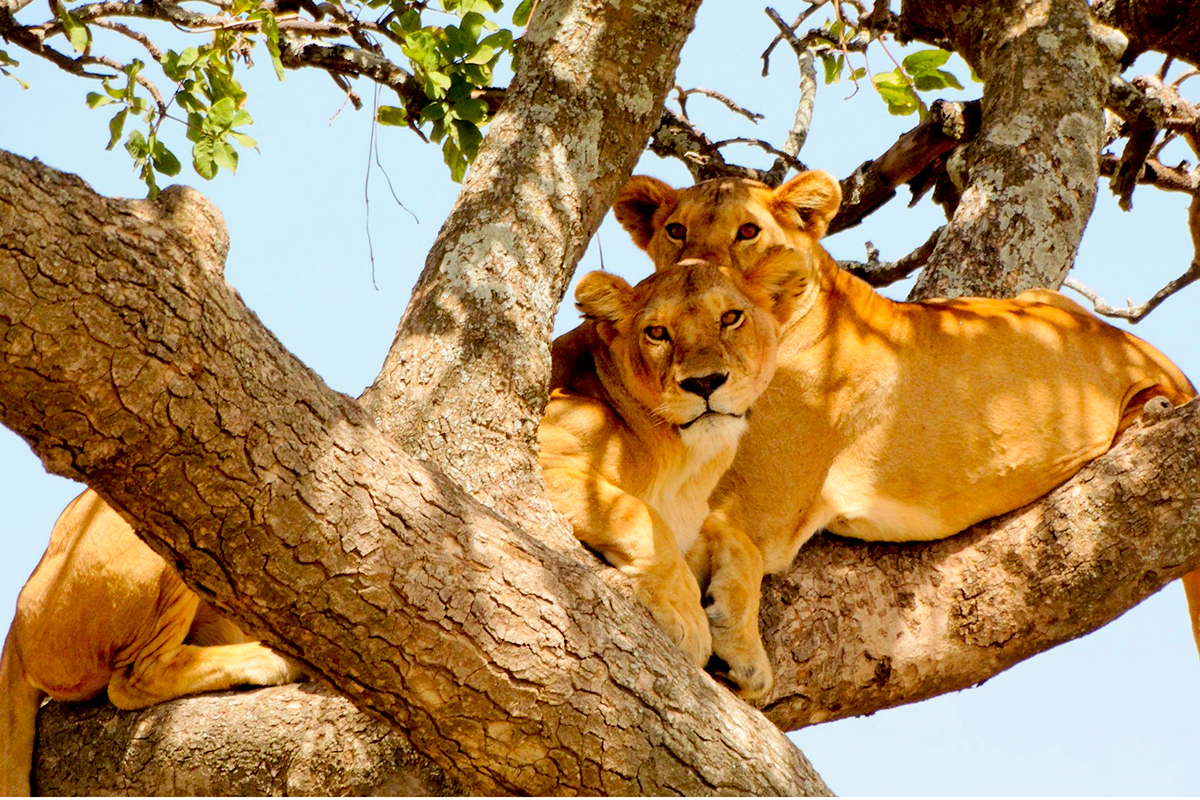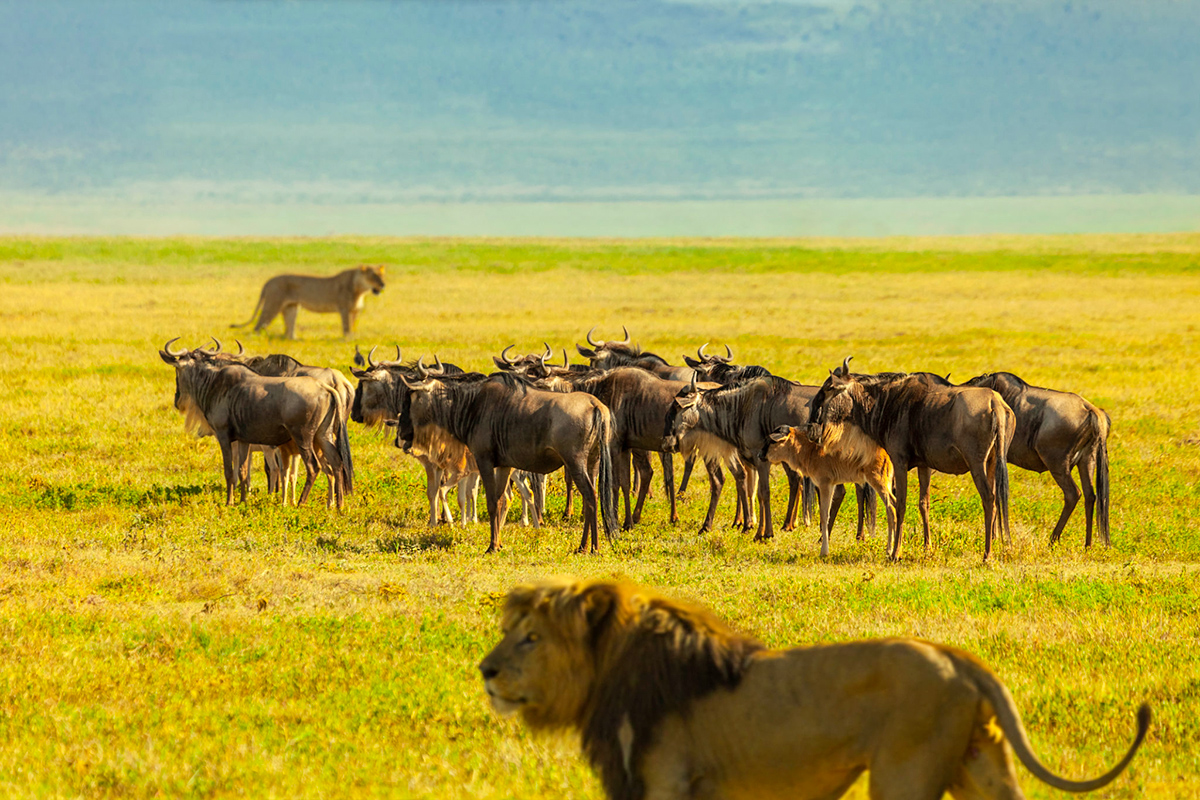Serengeti National Park
About Serengeti Park.
The Endless Plain
Highlights:
The Serengeti, located in northern Tanzania, shares its northern boundary with Kenya’s Masai Mara Game Reserve and its southern boundary with the Ngorongoro Conservation Area. It is renowned for its vast annual migration, a spectacle involving over a million wildebeests and hundreds of thousands of zebras, making it a top destination for safari enthusiasts. The park is home to over three million animals and features diverse landscapes.
– Size: 14,763 sq km (5,700 sq miles)
– Established: 1951 (UNESCO World Heritage Site since 1981)
– Distance from Arusha: 335 km (208 miles)
Southern Plains:
– Characterized by vast, flat grasslands.
– Features large granite formations called kopjes, home to rock hyraxes, colorful agama lizards, and snakes.
– Kopjes provide vantage points and shelter for lions, leopards, and cheetahs.
– Notable kopjes include Simba, Gol, Research, and Moru.
Seronera Valley:
– The heart of the park, transitioning into acacia-dotted plains.
– Home to lions and leopards.
– The Seronera River is lined with palm trees, sausage trees, and yellow fever acacias.
– Birdlife abounds, including black-headed herons, marabou storks, and birds of prey.
– Retima Hippo Pool offers a close look at hippos in their natural habitat.
Western Corridor:
– Dominated by swampy, wooded savannah land and black cotton soil, which becomes impassable during the rainy season.
– Grumeti and Mbalageti Rivers flow into Lake Victoria, with the Grumeti River known for its large crocodiles.
– Riverine forests here are home to rare patas monkeys.
Northern Serengeti:
– Comprises open woodlands, riverine forests, and mountains.
– The Mara River, a major migration obstacle, is located here, with crocodiles lurking beneath the surface.
– Less frequented by visitors, offering a more intimate safari experience.
Wildlife At Serengeti Park
The Serengeti hosts one of nature’s most remarkable migrations. Over 1.5 million wildebeests and 250,000 zebras embark on a 1,000 km journey in search of greener pastures, crossing the perilous Mara River. The park is also home to the "Big Five" – lions, elephants, buffaloes, rhinos, and leopards – with the highest population of lions in Africa. Leopards are often seen lounging, while large herds of elephants and buffaloes graze the savannah. Though black rhinos are rare and elusive, over 500 bird species, including ostriches, secretary birds, various vultures and eagles, Egyptian geese, black-headed herons, crowned cranes, and Kori bustards, thrive in the Serengeti National Park.
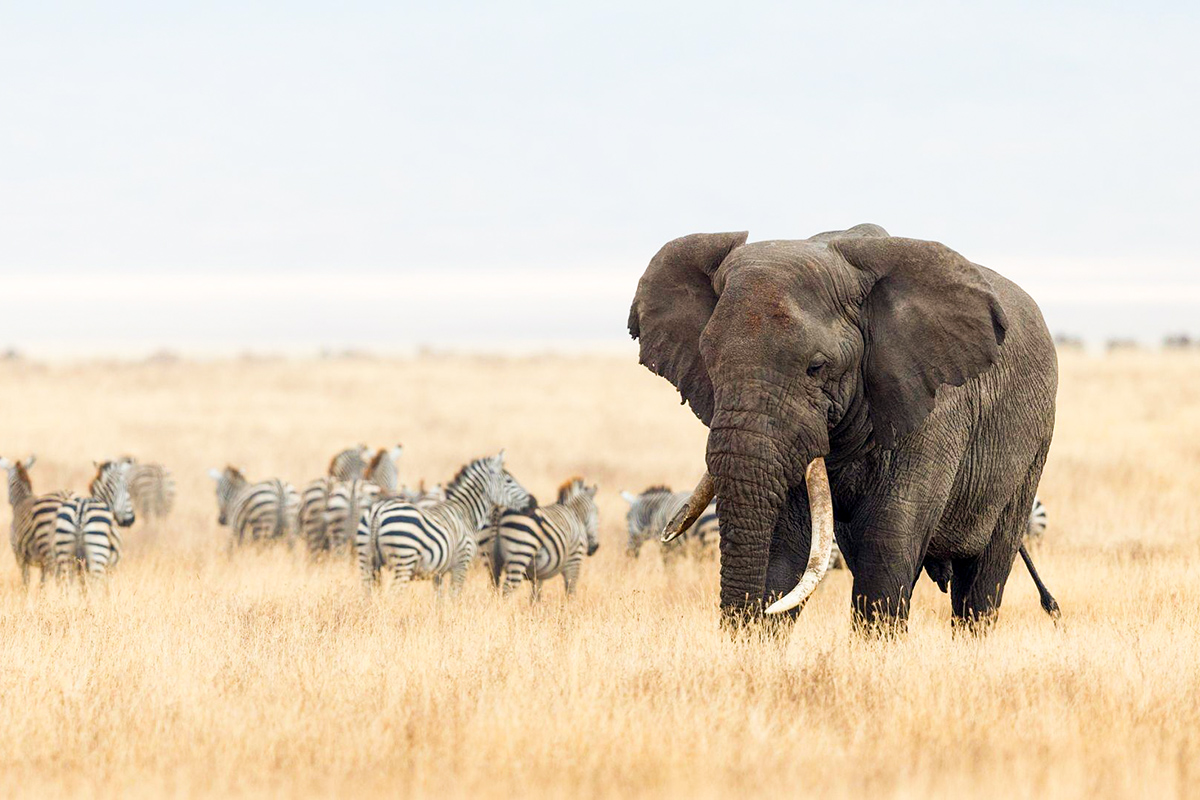
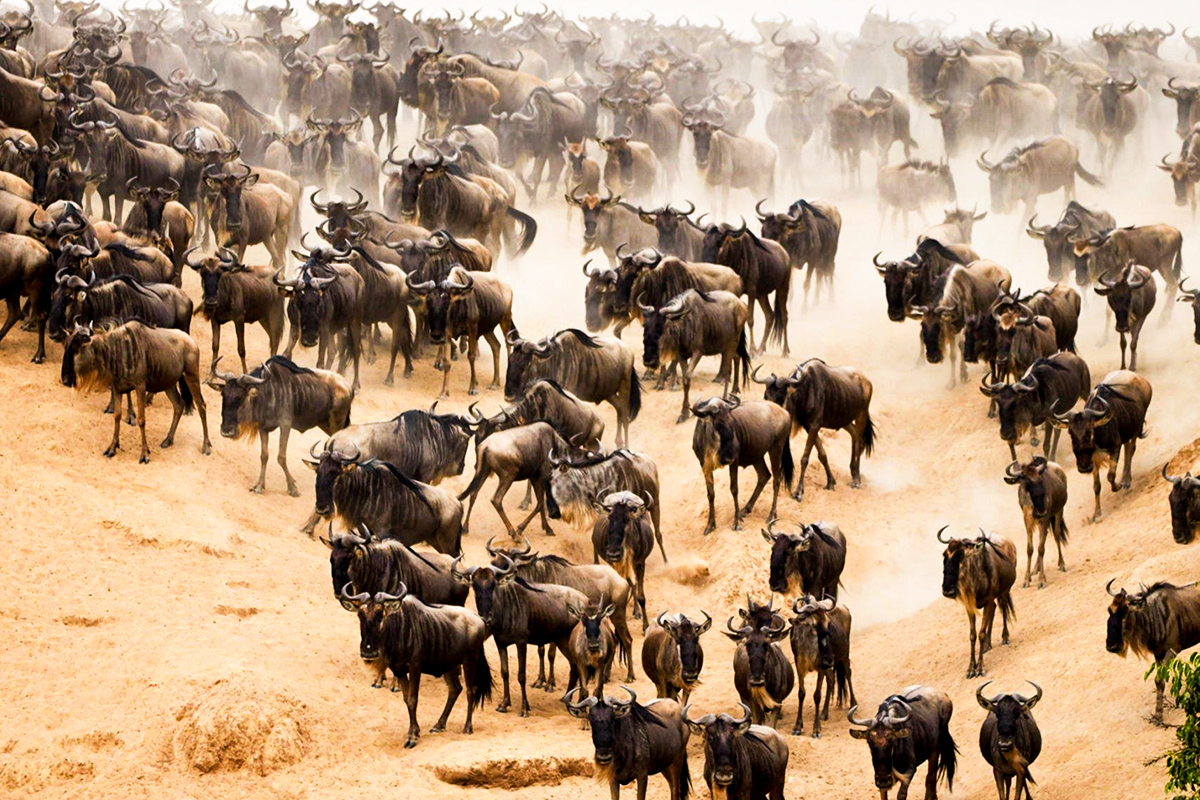
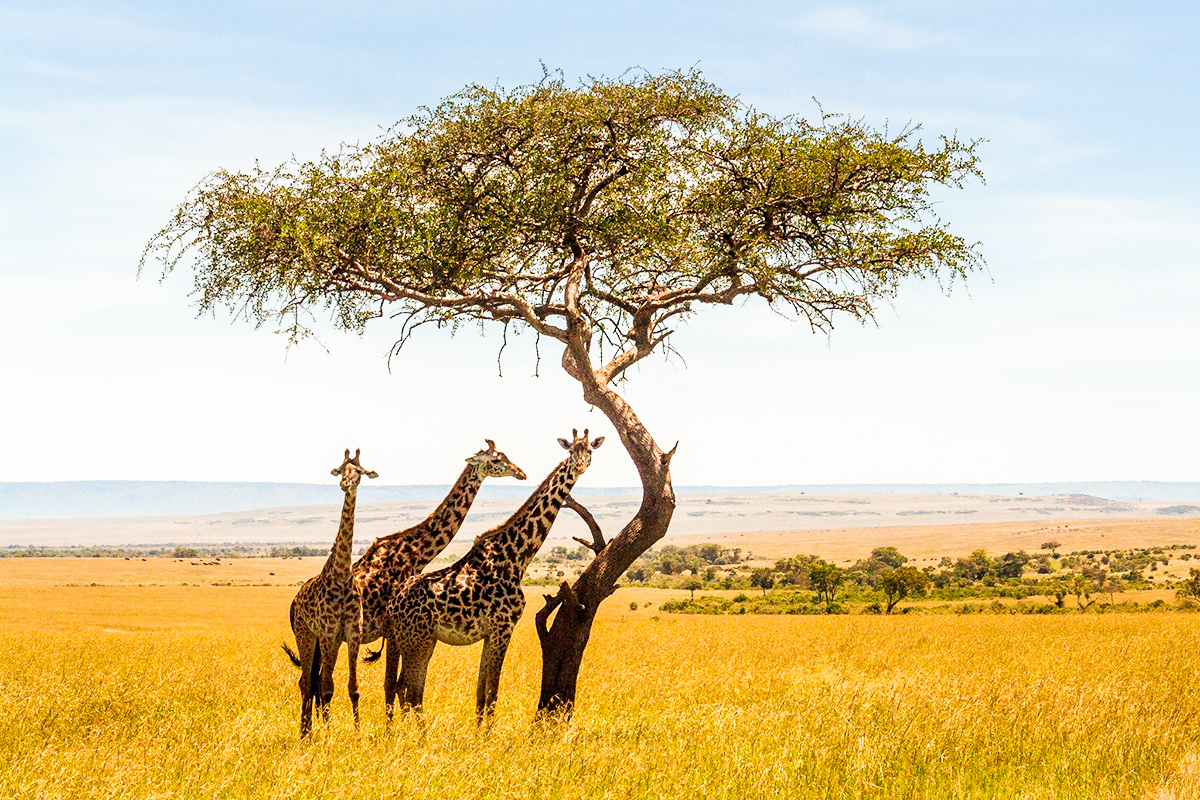
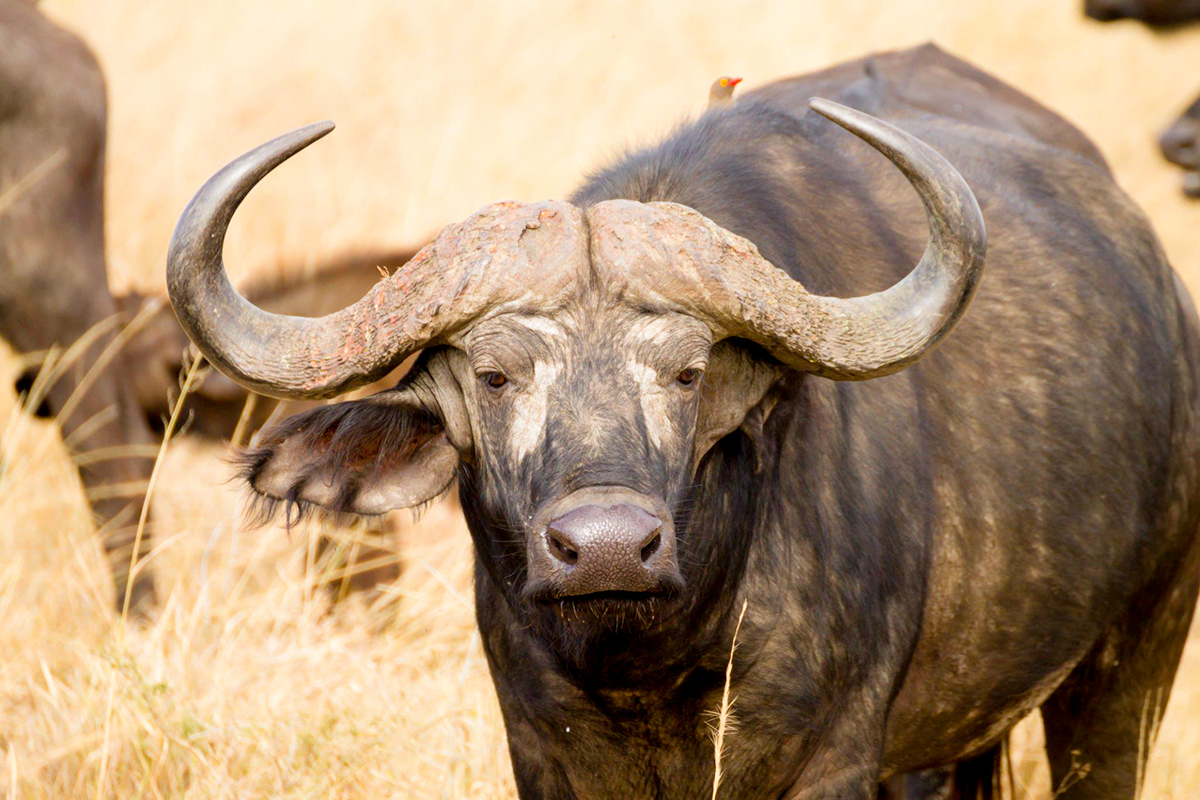
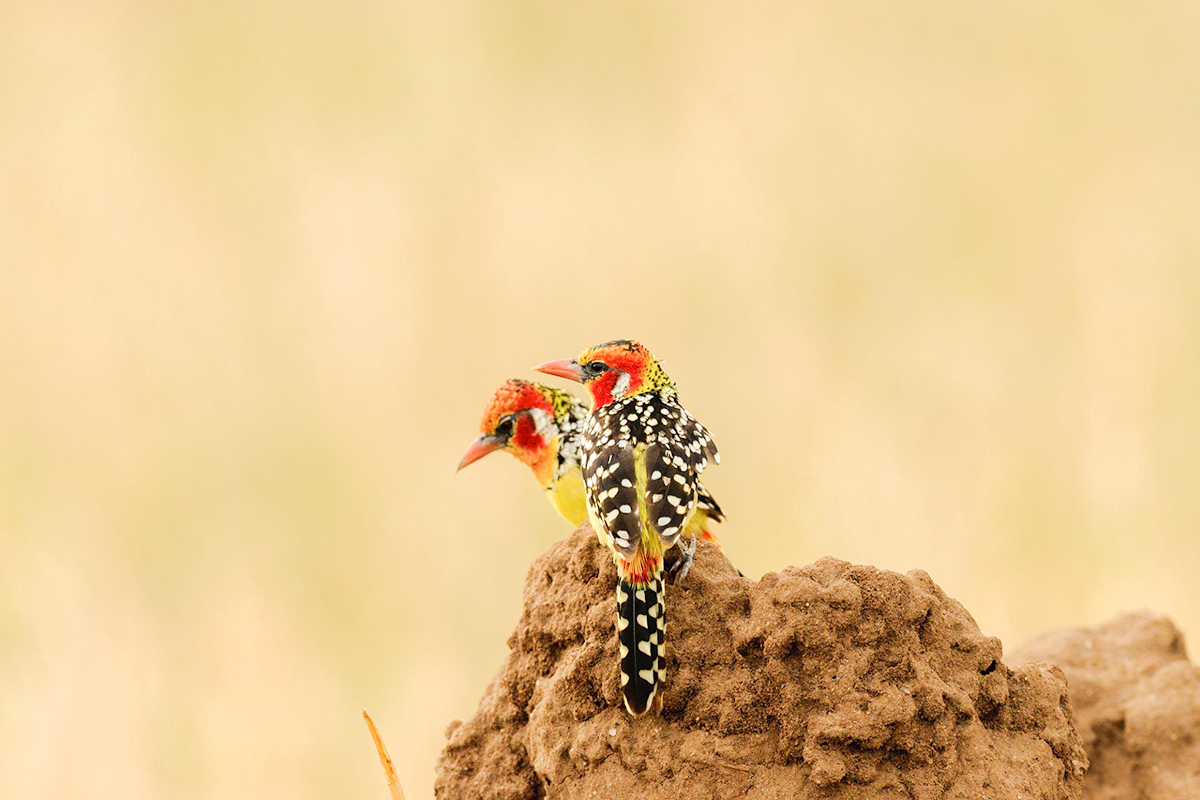
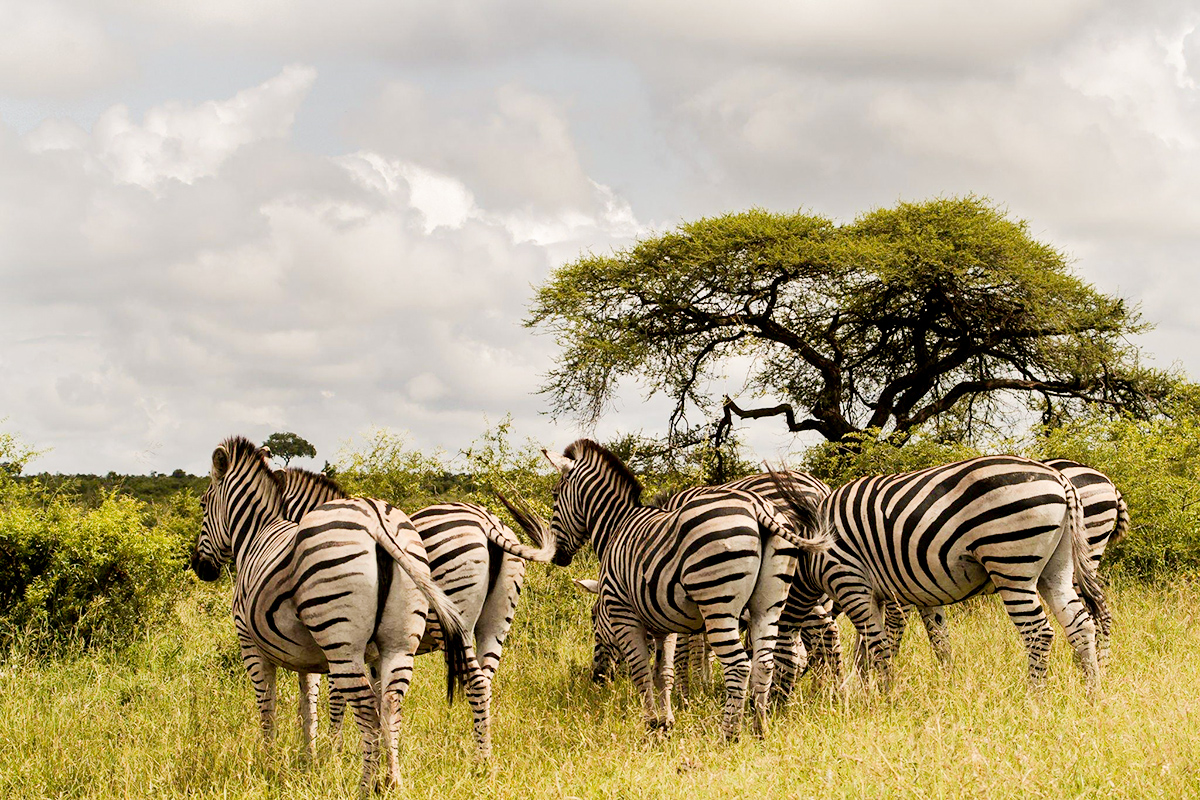
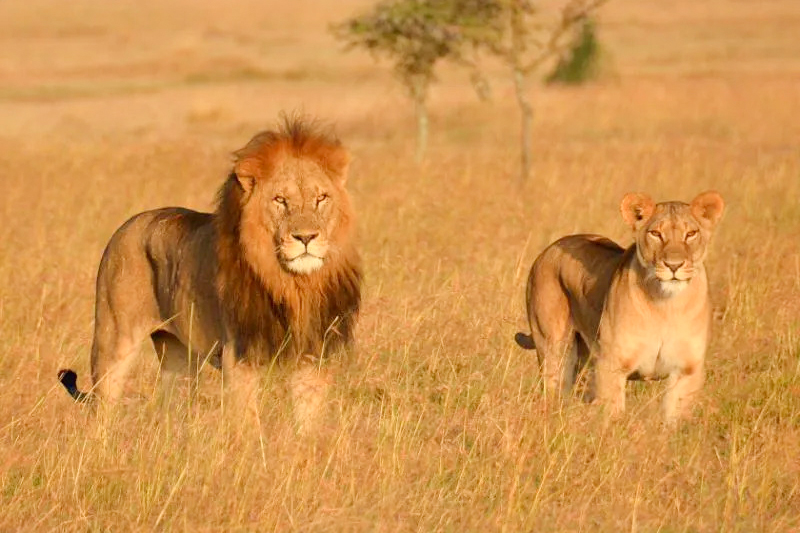
Best Serengeti Safari trips.
FAQ About Serengeti Pak
A: The park is home to over three million animals, including the “Big Five” (lions, elephants, buffaloes, rhinos, and leopards). Other notable species include cheetahs, zebras, wildebeests, hippos, crocodiles, and over 500 bird species.
A: The Great Migration is an annual event where more than 1.5 million wildebeests and 250,000 zebras migrate in search of greener pastures. This journey spans around 1,000 kilometers and includes the challenging crossing of the Mara River.
A: The park features diverse landscapes, including vast grasslands, granite kopjes, acacia-dotted plains, riverine forests, swamps, and wooded savannahs.
A: The best time to visit depends on what you want to see. The Great Migration can be observed throughout the year, with the river crossings typically occurring from July to September. For general wildlife viewing, the dry season from June to October is ideal.
A: The park can be accessed by road or by air. The nearest major city is Arusha, which has connections to Kilimanjaro International Airport. From Arusha, you can take a charter flight to one of the airstrips in the park or travel by road.
A: Yes, there are various accommodations available within the park, ranging from luxury lodges and tented camps to budget-friendly options.
A: Yes, it is generally safe to visit. However, it is essential to follow park regulations, stay with your guide during game drives, and avoid walking alone in the wilderness.
A: Visitors should follow all park regulations, including staying on designated roads, respecting wildlife, and not littering. It is also important to listen to your guide’s instructions and maintain a safe distance from animals.
A: Pack comfortable clothing in neutral colors, a hat, sunscreen, insect repellent, binoculars, a camera, and any personal medications. During the dry season, bring warm clothing for early morning and evening game drives.
A: The park plays a crucial role in wildlife conservation, protecting numerous species and their habitats. Efforts include anti-poaching measures, habitat restoration, and community-based conservation programs to support local communities and wildlife.
A: Visitors can support conservation by following park rules, choosing eco-friendly accommodations, participating in responsible tourism practices, and donating to conservation organizations working in the park.
Our Partners





